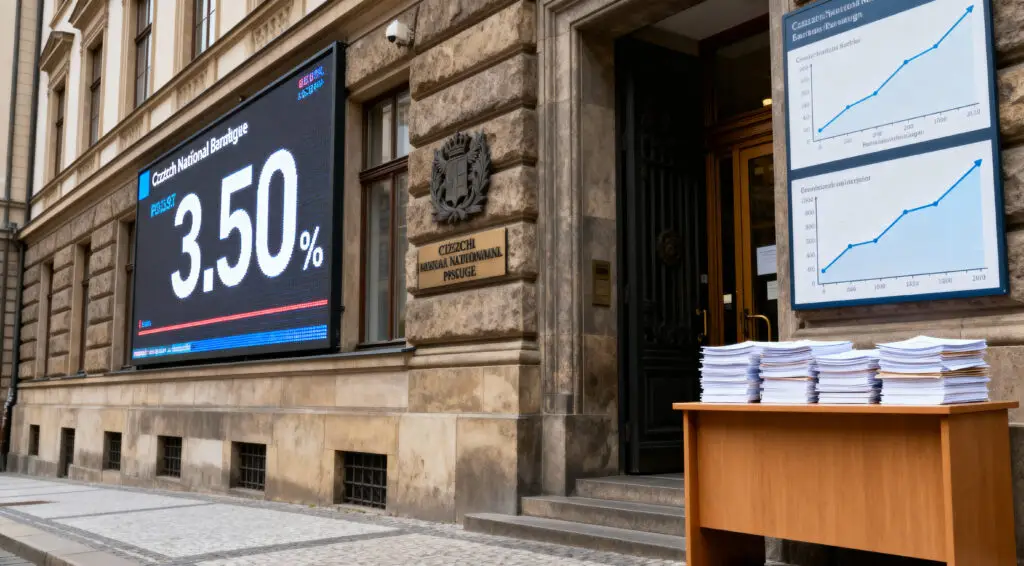A Growing Institutional Footprint in Bitcoin
Bitcoin ETPs now hold a substantial 1.47 million BTC, accounting for 7% of the cryptocurrency’s total 21 million supply. This milestone highlights the continued mainstream adoption of Bitcoin as a legitimate asset class. The vast majority of these holdings are concentrated in U.S.-based ETFs, signaling a significant shift in how capital is entering the crypto space. This institutional accumulation will likely shape Bitcoin’s trajectory for years to come.
BlackRock’s ETF Leads the Pack
BlackRock’s iShares Bitcoin Trust leads the institutional race, holding a staggering 746,810 BTC. The Fidelity Wise Origin Bitcoin Fund is the second-largest, with nearly 199,500 BTC under management. Global Bitcoin ETPs have added over 170,000 BTC, worth approximately $18.7 billion, since late 2024. This trend points to a robust, long-term buy-and-hold strategy from influential asset managers.
Diverging Demand: Bitcoin vs. Ethereum
While Bitcoin ETPs have grown significantly, recent data from CoinShares shows a net outflow of $301 million in August. In contrast, Ethereum funds attracted substantial inflows of $3.95 billion during the same period. On-chain data confirms this trend, with a prominent Bitcoin whale selling 4,000 BTC to acquire 96,859 ETH. This capital rotation highlights a growing belief that Ethereum may have stronger short-term growth potential.
Historical Weakness and the “September Effect”
The recent downturn in Bitcoin demand coincides with what is historically the cryptocurrency’s weakest month. Since 2013, Bitcoin has averaged a -3.8% return in September, a phenomenon known as the “September Effect.” This weakness is not unique to crypto, as traditional assets like the S&P 500 also tend to struggle this month due to institutional investors rebalancing their portfolios. Bitcoin’s close of August in the red, the first time since April, has raised concerns that this historical pattern may repeat.
Recommended Article: Bitcoin & Macroeconomics: How Global Factors Drive Crypto Volatility
The Looming Threat of New ETF Approvals
Another factor contributing to investor caution is the sheer number of crypto-related ETFs awaiting SEC decisions. With over 92 applications pending, some of the most anticipated funds track Solana and XRP. The potential approval of these new ETPs could divert significant capital away from Bitcoin, as institutional investors seek to diversify their portfolios. This regulatory uncertainty creates a complex environment for traders speculating on which asset will gain mainstream adoption next.
A “Boring” Path to a Million-Dollar Bitcoin
Despite the short-term volatility and shifting institutional interest, long-term Bitcoin bulls remain unfazed. Pseudonymous analyst PlanC argues that Bitcoin’s path to $1 million is not a matter of if, but when. PlanC suggests that instead of a rapid, explosive rally, Bitcoin will “grind slowly upward” over the next seven years. This perspective views the current market volatility as a natural part of a long-term, secular trend rather than a sign of fundamental weakness.
The Fed’s Role in Bitcoin’s Future
The future trajectory of Bitcoin is not just dependent on on-chain data and institutional flows, but also on the actions of the Federal Reserve. Research firm Delphi Digital suggests that a Fed rate cut could trigger a rally in Bitcoin, followed by a potential crash. Conversely, if Bitcoin’s price remains stable leading up to the rate cut, it may avoid a major correction.
This highlights the growing interconnectedness of the crypto market with traditional macroeconomic policy. As the Fed’s decisions on interest rates and inflation continue to influence global financial markets, Bitcoin’s response will be a key indicator of its evolving role as a store of value.























